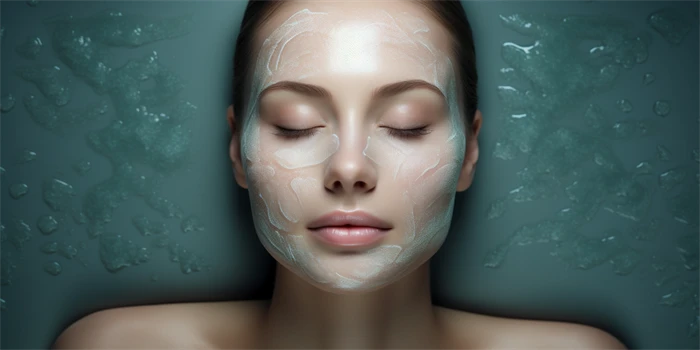Is LED Light Therapy Safe in Bradford?
LED light therapy, also known as phototherapy, has gained significant popularity in Bradford and across the globe for its non-invasive and effective skin rejuvenation properties. This therapy uses light-emitting diodes to emit specific wavelengths of light that penetrate the skin to promote healing and cellular regeneration. While the benefits are numerous, it's crucial to understand the safety aspects of LED light therapy to make informed decisions.

1. Safety Standards and Regulations
In Bradford, as in many parts of the UK, LED light therapy is subject to health and safety regulations. These regulations ensure that devices used for LED therapy meet specific standards to protect users and patients from potential harm. Clinics and practitioners offering LED light therapy must adhere to these regulations, which include using certified equipment and following established protocols. This regulatory oversight helps maintain a safe environment for treatments.
2. Potential Side Effects
LED light therapy is generally considered safe with minimal side effects. However, like any medical treatment, it can have some potential risks. Common side effects might include temporary redness or mild irritation immediately after the treatment. These effects are usually mild and resolve quickly. More serious side effects are rare but can include prolonged redness, skin sensitivity, or in very rare cases, changes in skin pigmentation. It's important for practitioners to assess each patient's skin type and medical history to minimize these risks.
3. Suitability for Different Skin Types
One of the significant advantages of LED light therapy is its suitability for various skin types. Whether you have dry, oily, or sensitive skin, LED therapy can be adjusted to accommodate these differences. The therapy uses different wavelengths of light, such as red light for anti-aging and blue light for acne treatment, which can be tailored to individual needs. However, it's essential for practitioners to understand the specific needs of each skin type to provide effective and safe treatments.
4. Professional vs. At-Home Treatments
While at-home LED light therapy devices are available, it's crucial to consider the safety and effectiveness of these products compared to professional treatments. Professional treatments in Bradford are administered by trained practitioners who can ensure the correct wavelength, intensity, and duration of light exposure. At-home devices may not offer the same level of precision or safety, and improper use could lead to adverse effects. Therefore, consulting with a professional is recommended to ensure safe and effective treatment.
5. Long-Term Safety and Benefits
Long-term safety is a significant concern for any medical treatment. LED light therapy has been used for decades and has shown to be safe for long-term use. The non-invasive nature of the treatment means there is no recovery time, and it can be used repeatedly without causing harm to the skin. The benefits of LED light therapy, such as improved skin texture, reduced fine lines and wrinkles, and enhanced skin healing, make it a popular choice for those seeking a safe and effective skin rejuvenation method.
Frequently Asked Questions (FAQ)
Q: How often can I undergo LED light therapy?
A: The frequency of treatments can vary depending on the individual's skin condition and the specific goals of therapy. Typically, sessions are recommended 2-3 times a week for several weeks to achieve optimal results.
Q: Is LED light therapy painful?
A: No, LED light therapy is painless. Patients may feel a slight warmth during the treatment, but it is generally comfortable and relaxing.
Q: Can LED light therapy replace other skincare treatments?
A: LED light therapy can complement other skincare treatments, such as facials and chemical peels, by enhancing their effectiveness. However, it is not typically a replacement for all skincare treatments, and a comprehensive skincare regimen is often recommended.
In conclusion, LED light therapy in Bradford is generally safe when administered by qualified professionals and with adherence to health and safety regulations. Understanding the potential side effects, suitability for different skin types, and the differences between professional and at-home treatments are crucial for ensuring safe and effective therapy. As with any medical treatment, consulting with a healthcare provider is recommended to determine the best course of action for individual needs.





